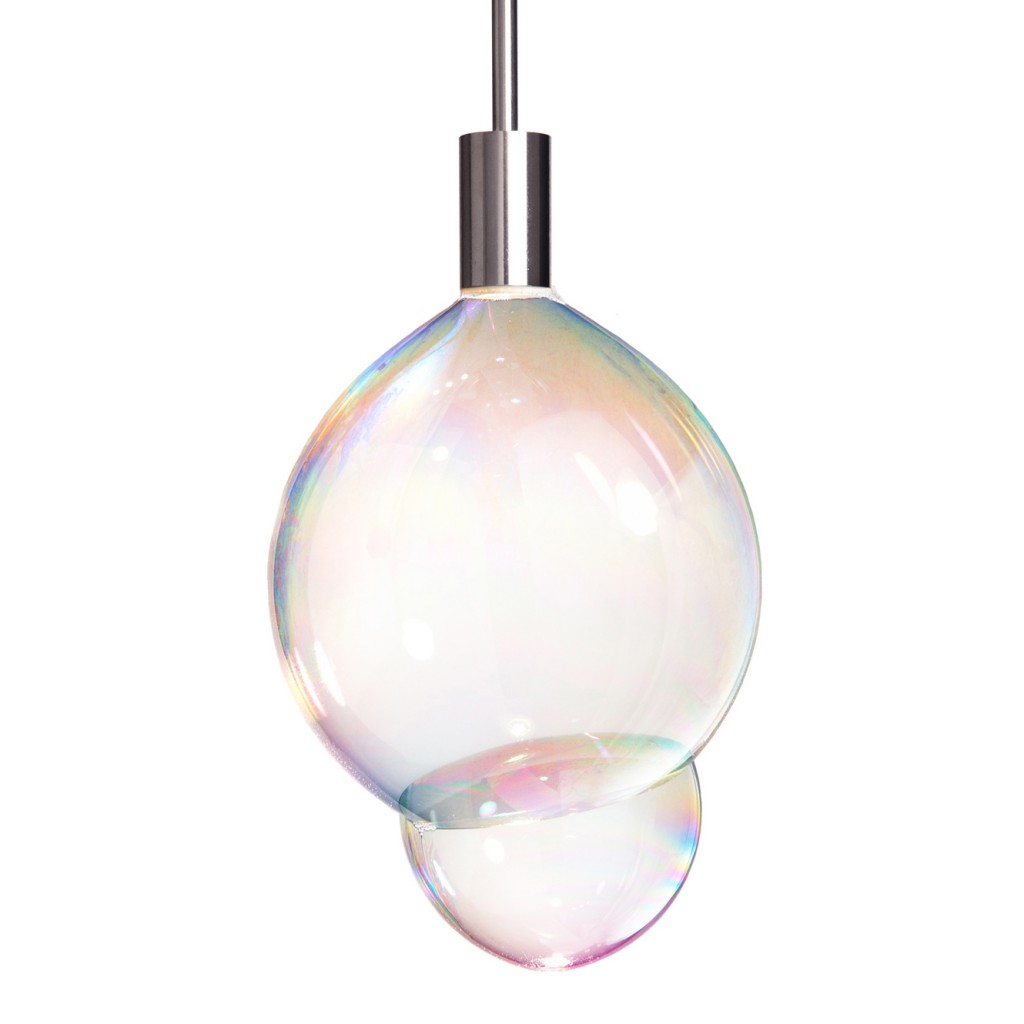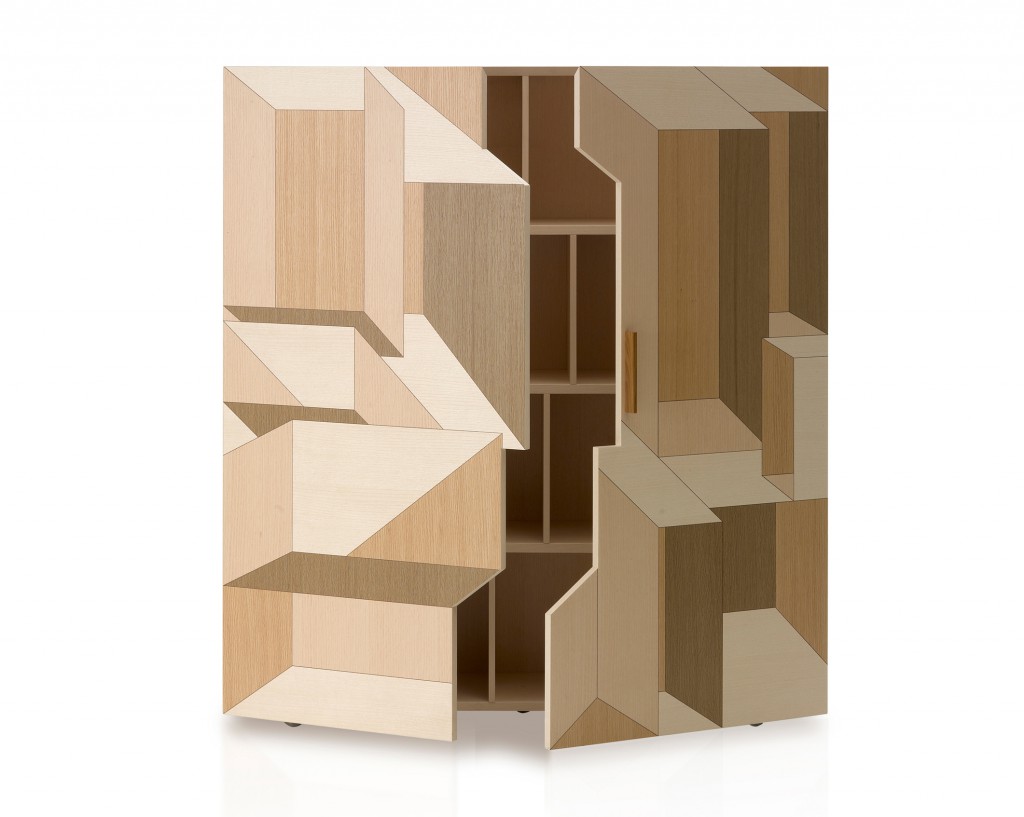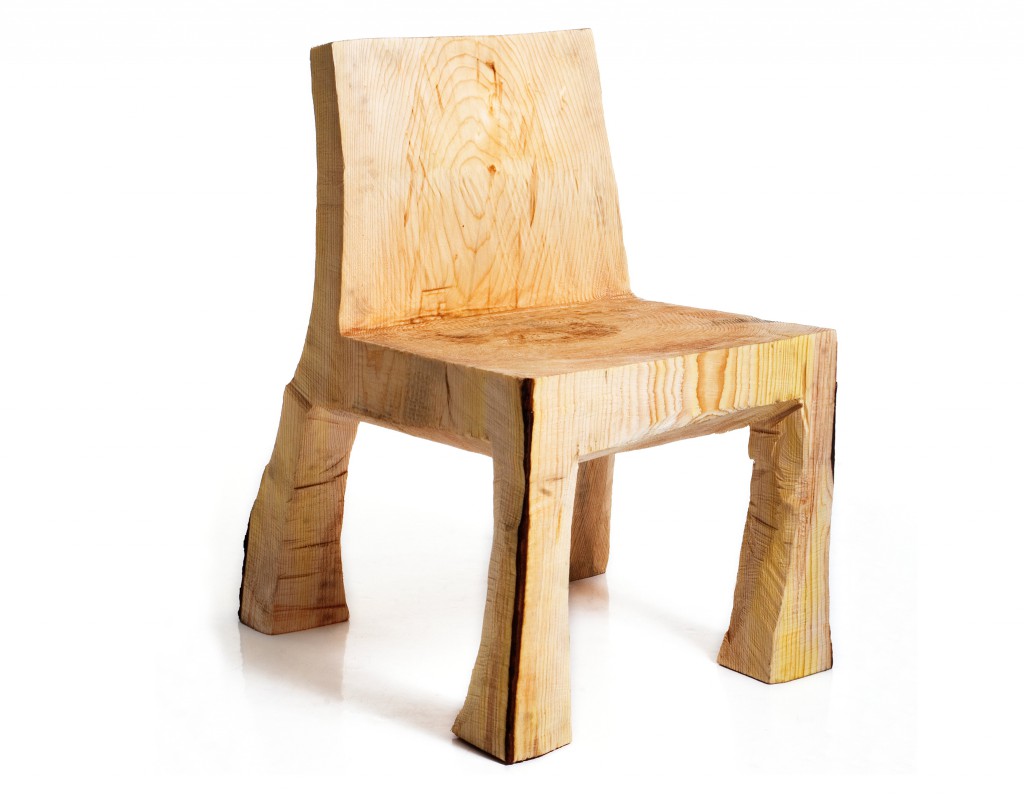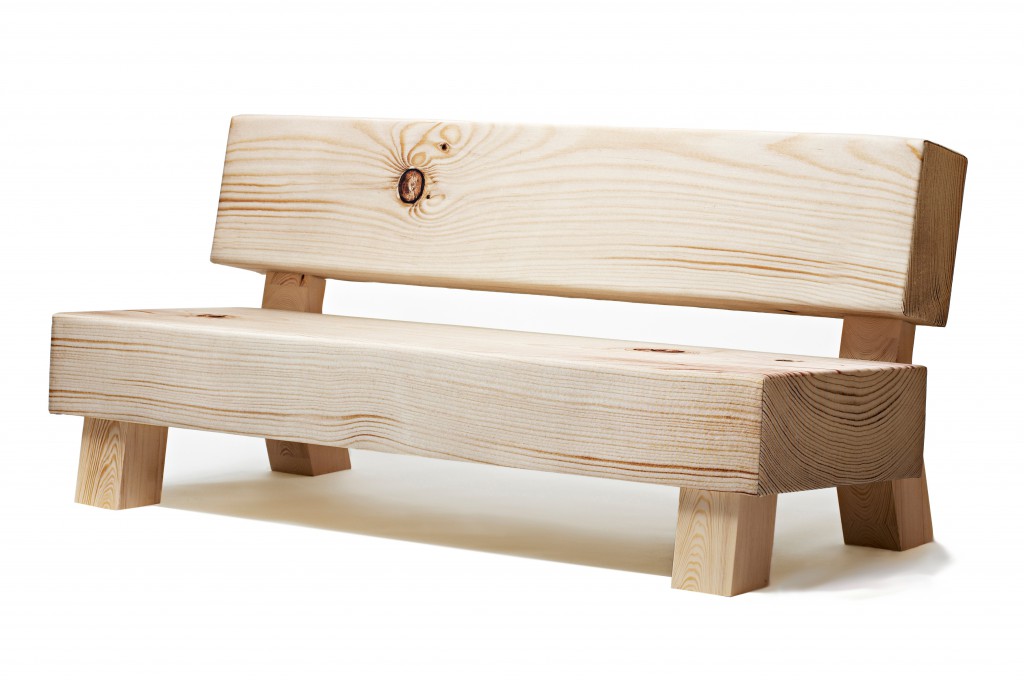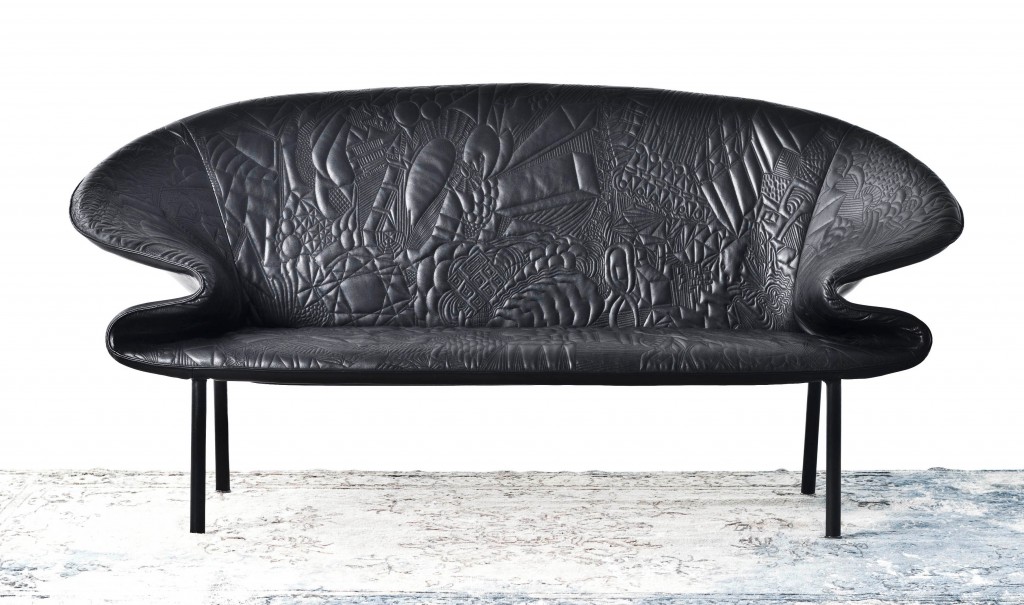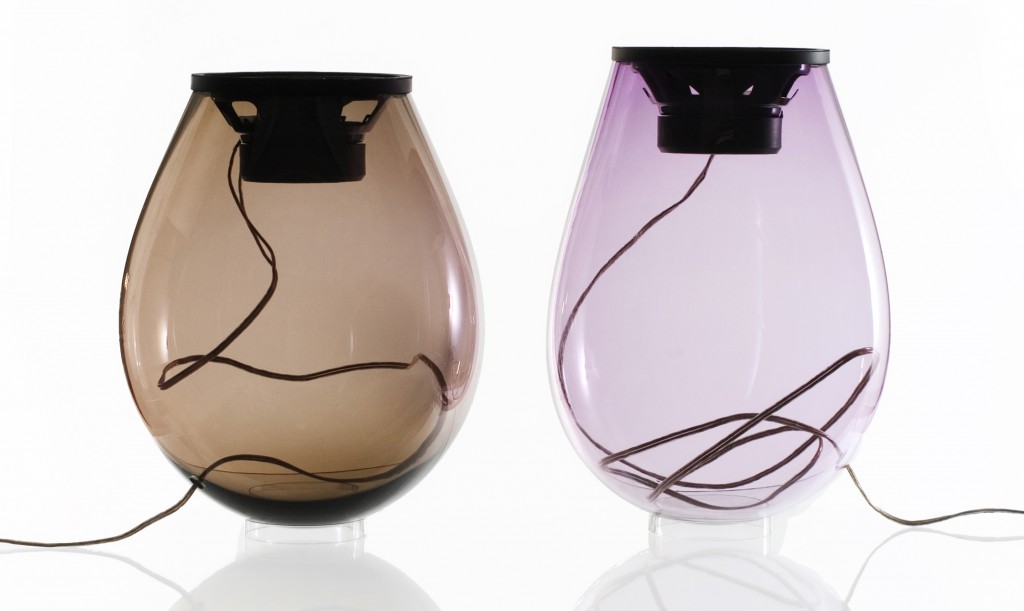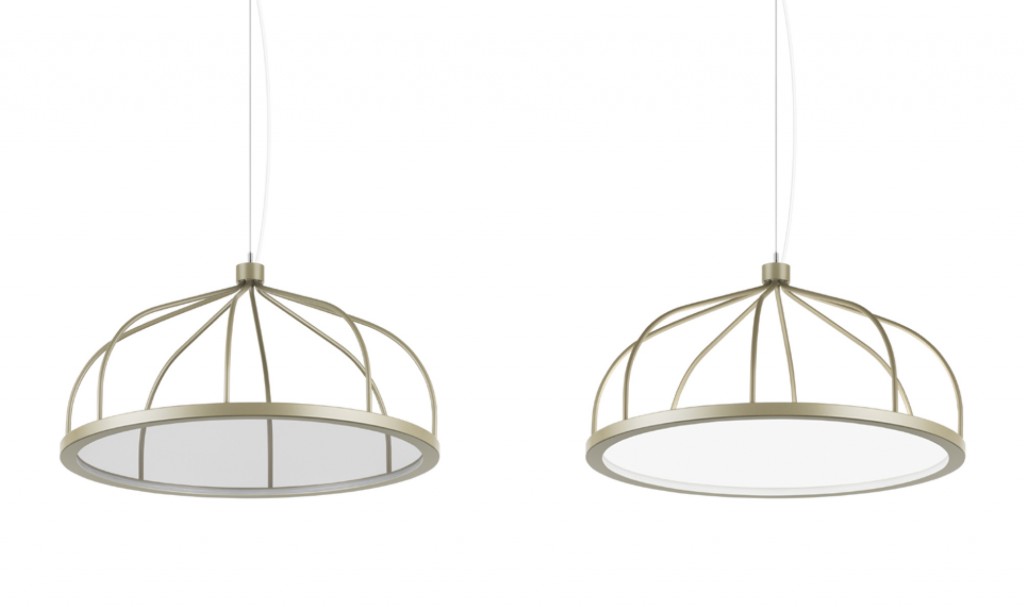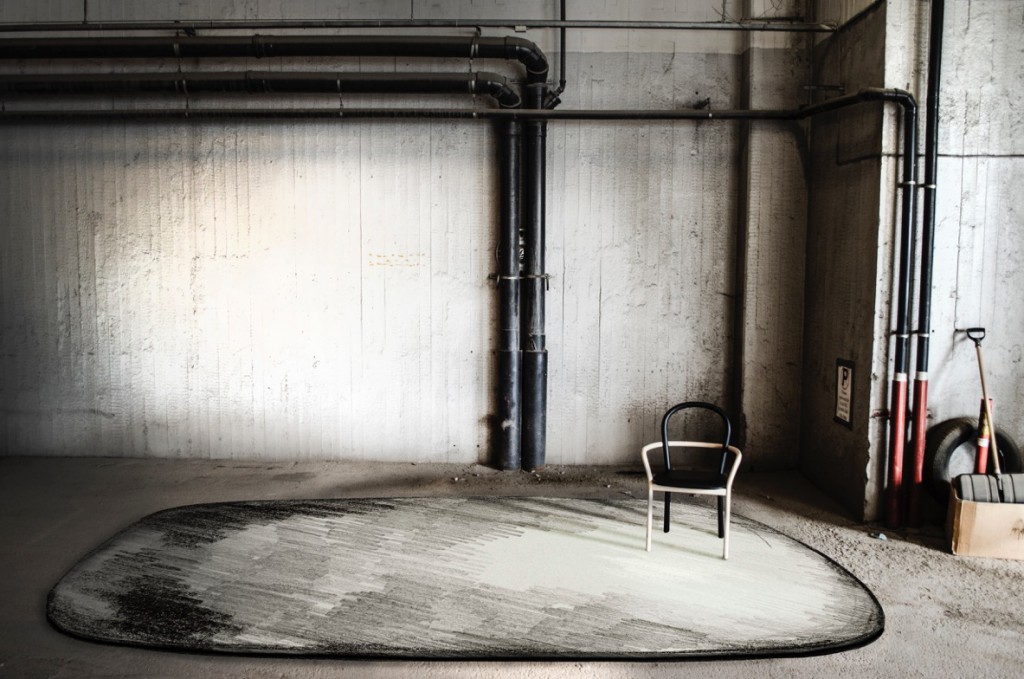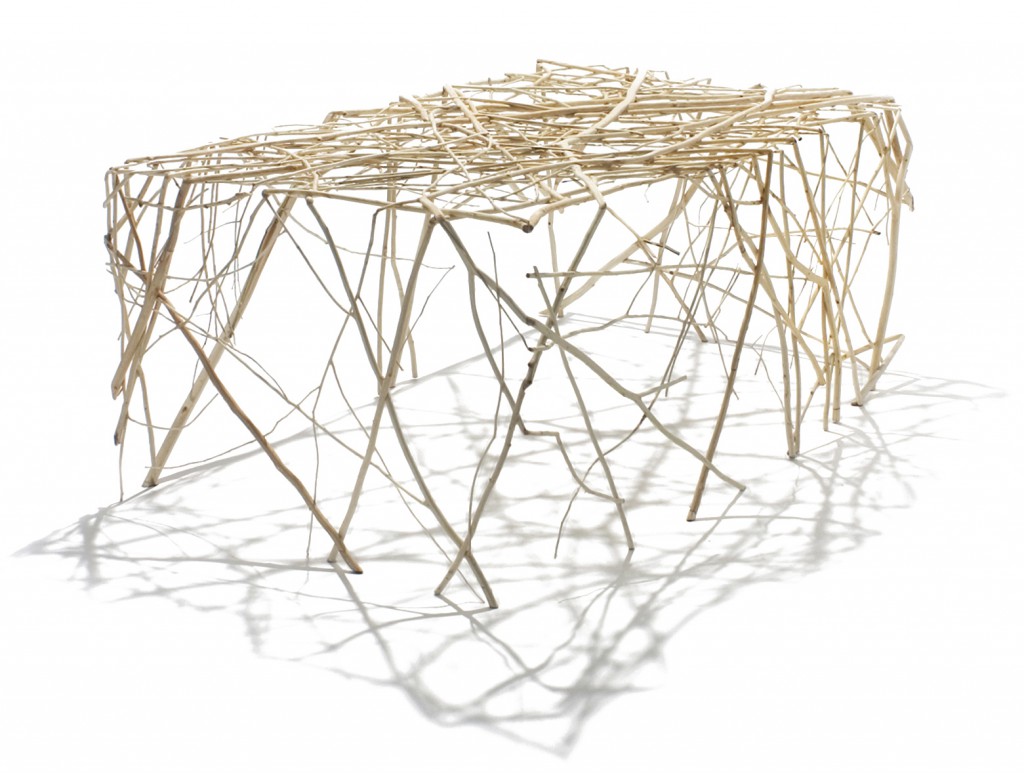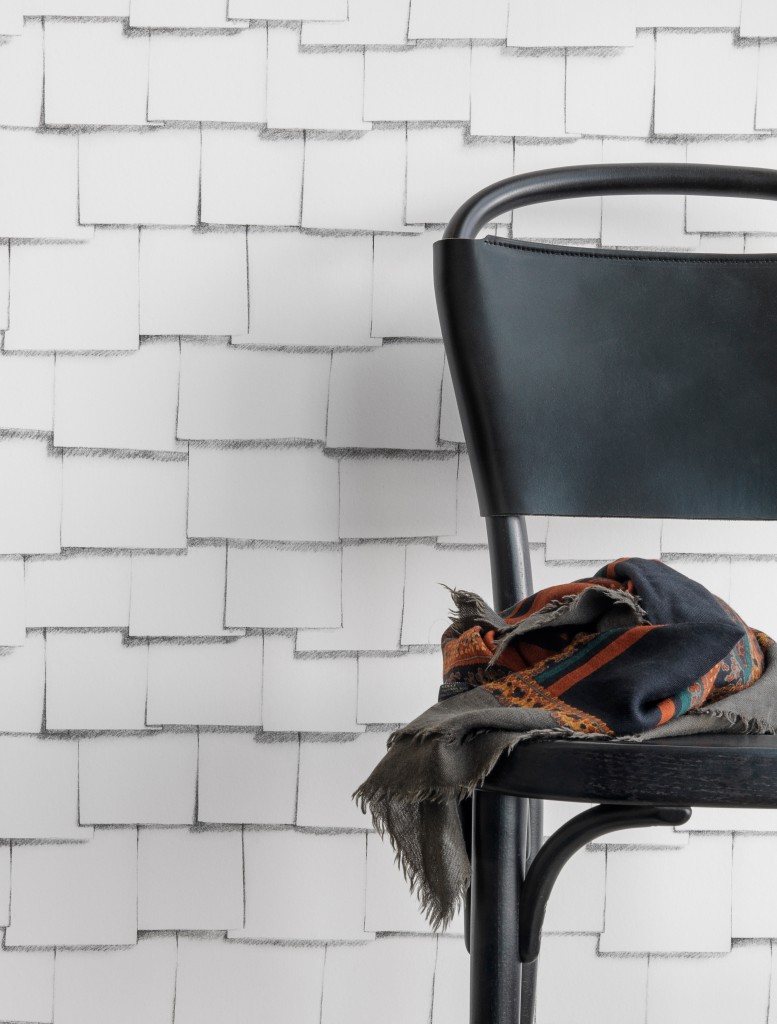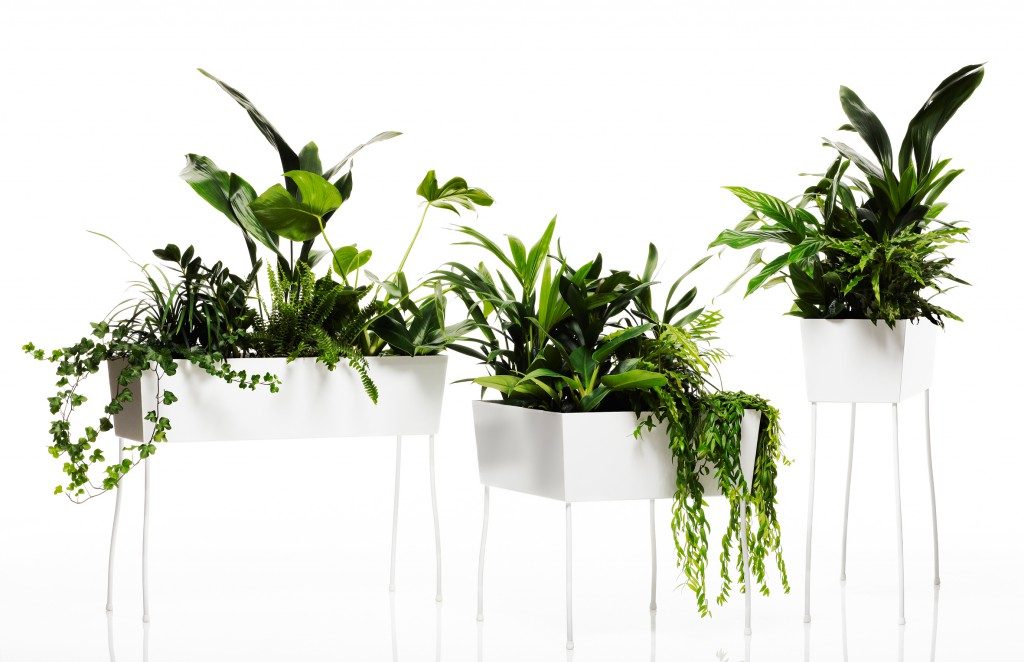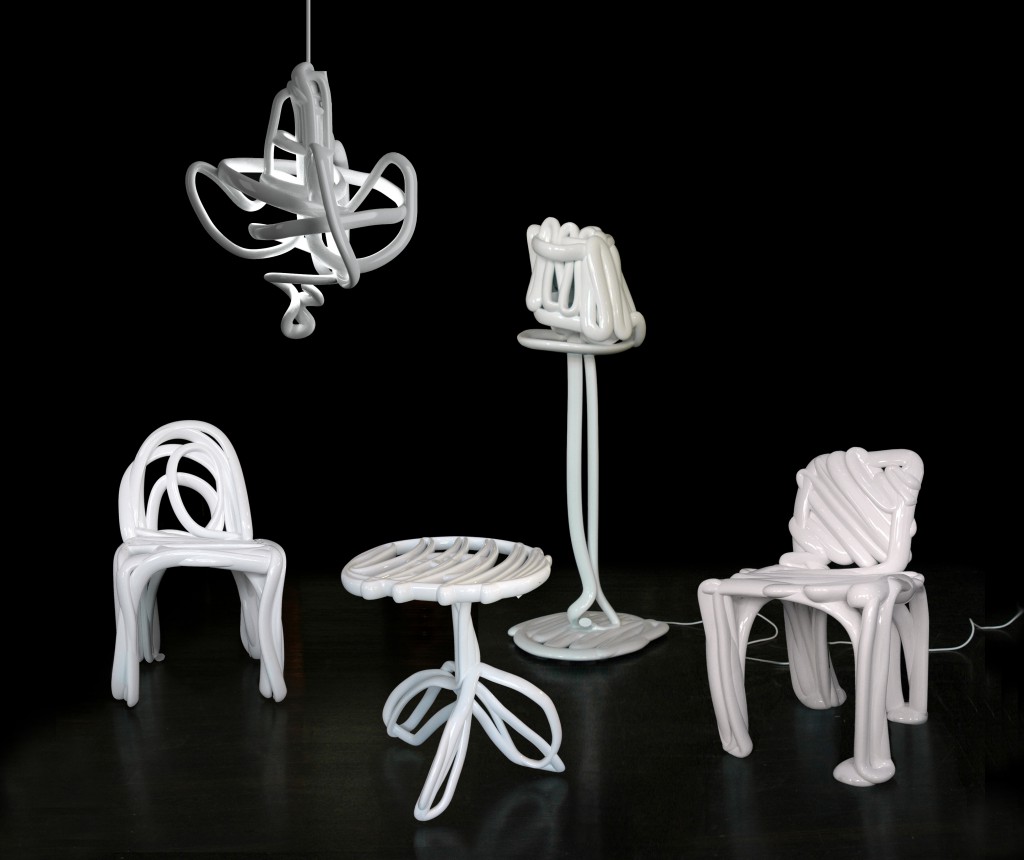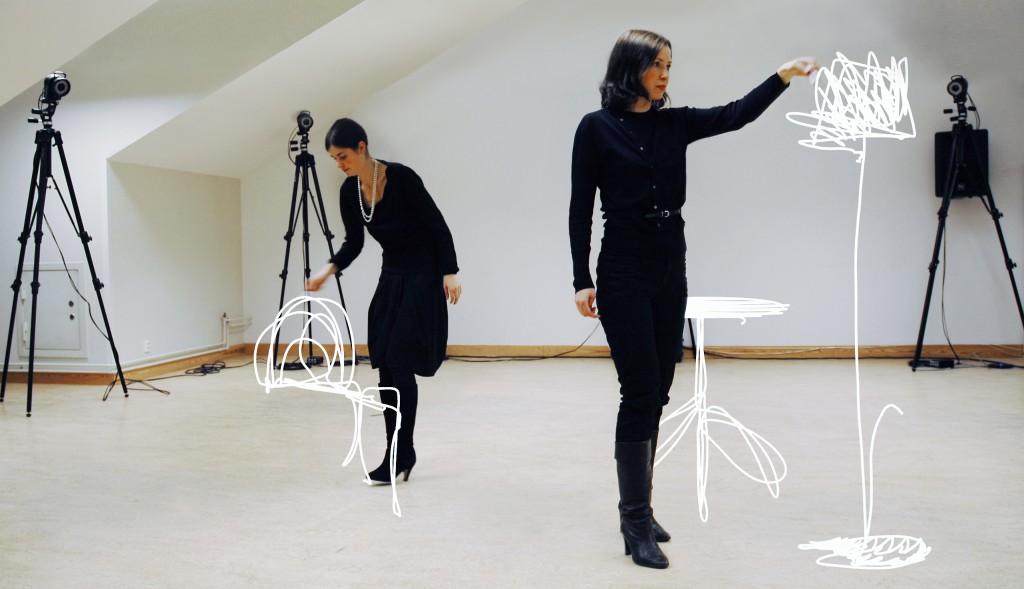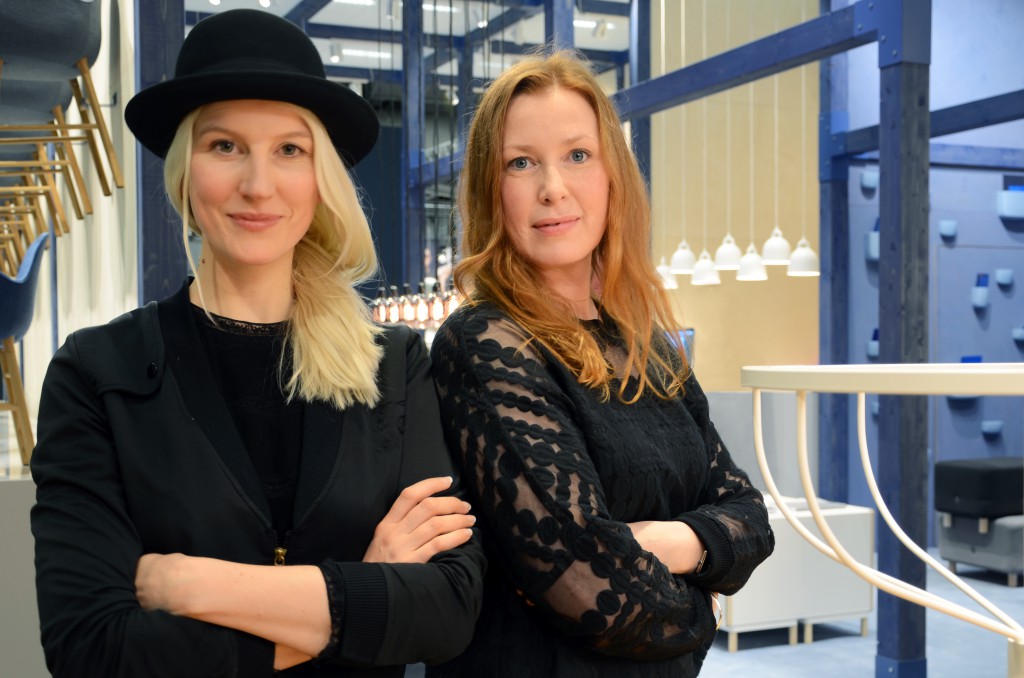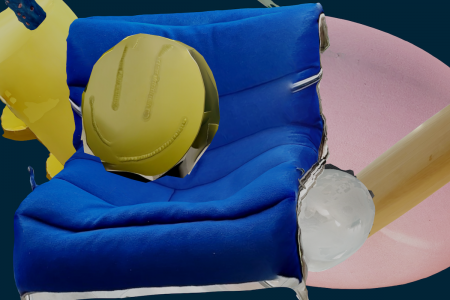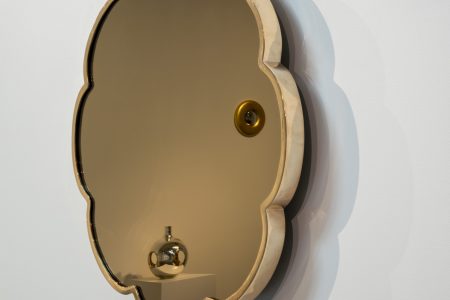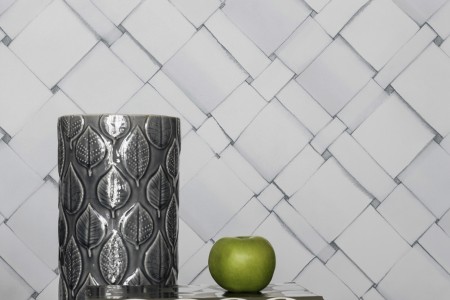Material Tendencies: Front
Swedish design duo Front realise their fantasies by creating design objects that are often surprising and somewhat irritating at first sight.
Architonic met Sofia Lagerkvist and Anna Lindgren at the Stockholm Furniture and Light Fair 2016 to find out more about their passion for experimenting with different materials and discovering new technologies.
Anita Hackethal, Architonic: Which material would you choose if you had to restrict yourselves to working with just one for the next three years?
Anna Lindgren: I think it is interesting to find materials that are sort of outside the classic design world. But we also like to push the limits of a material that is already quite known – wood or ceramics for example. Most of our design projects are technology- and material-driven. We always look for new materials and we like to experiment and combine different techniques. When you put together knowledge of different professions, you can achieve greater things.
Sofia Lagerkvist: We try to come up with a rather surprising, unexpected solution. It does not necessarily have to be a new technology, but it could also be new characteristics within the material that we already know. A good example is the glass loudspeaker that is shaped like a crystal vase.
AL: It is more than 10 years ago that we did the sketch furniture. We have developed a method to materialise free hand sketches. Pen strokes, drawn in air, were recorded with Motion capture. The 3D digital files became then real pieces of furniture through rapid prototyping. This method is still very interesting for us and is becoming more and more advanced. You can now print in metal, ceramics, plastic, etc.
AH: Is there any material that you could immediately reject?
AL: I was going to say food, but we actually made an ice-cream. If the production technique is not environmental friendly or is unhealthy, then we won’t use the resulting material.
SL: One thing that crossed my mind that we are eager to look into more is creating new kinds of materials via biological processes, for example through bacteria or growing microbes – materials that come from somewhere completely different. Sometimes the process is more important than the actual material. Also textile is a very interesting field where a lot of research is happening. Today there are textiles made from bacteria.
This article originally appeared on Architonic, where TLMag presents articles in French and English.
